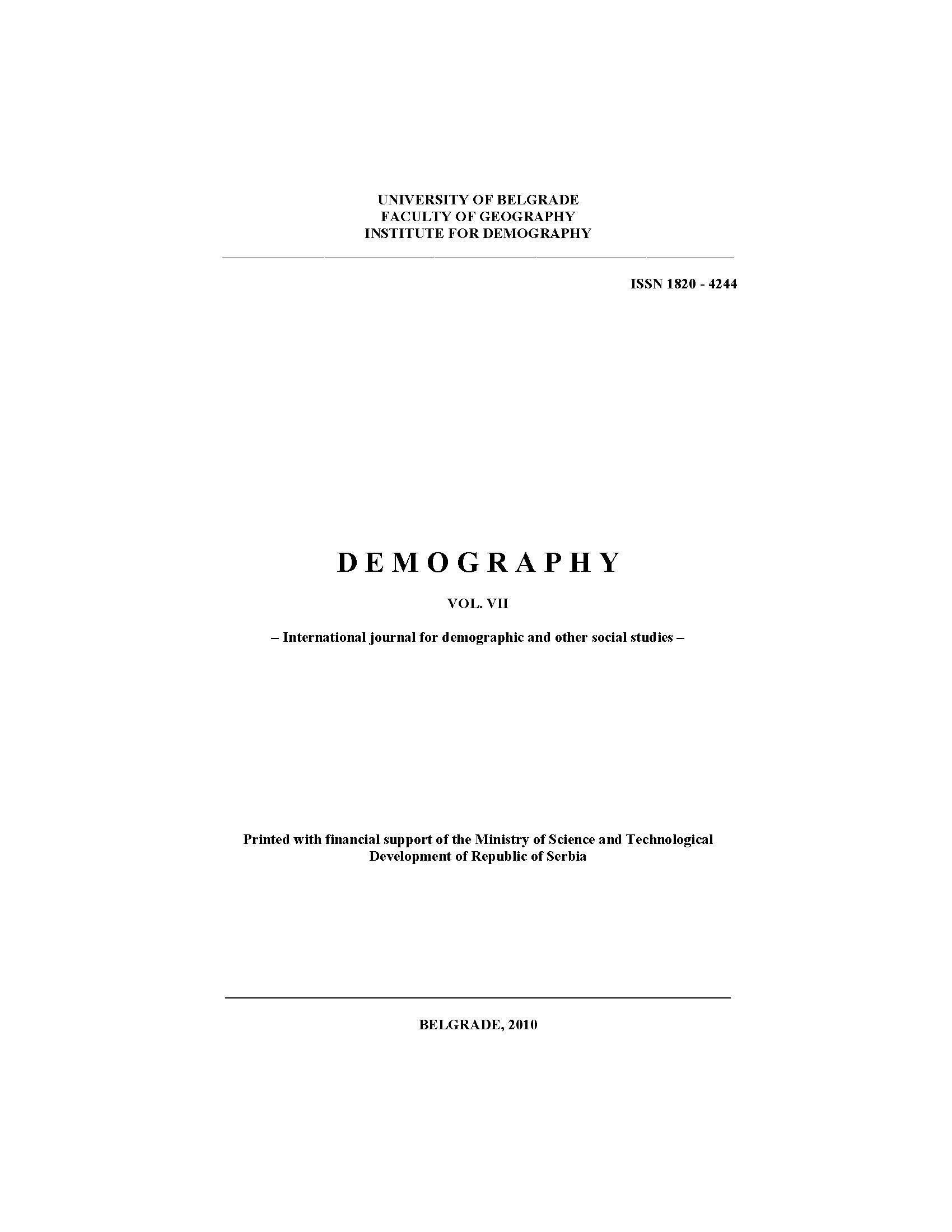Новије промене у популационој динамици Србије и балканских земаља
Recent Trends of Population Dynamics in Serbia and Other Balkan Countries
Author(s): Goran D. PenevSubject(s): Social Sciences, Geography, Regional studies, Human Geography, Regional Geography, Demography and human biology
Published by: Географски факултет, Универзитет у Београду
Keywords: population dynamics;fertility;mortality;migration;Balkans;Balkans;
Summary/Abstract: Political, social and economic changes that happened in Serbia and the Balkan region during the 1990s had a very visible and predominantly unfavorable influence on that region’s demographic dynamics during that period. Numerous adverse demographic trends were continued and further increased, and some previously overcome demographic occurrences became active again (intensified fertility decrease, slower decrease or even an increase in mortality, mass forced migration and economic migration with many characteristics of actual exodus). In the 2000s, the stabilization of political circumstances, which resulted in successful accession to the European Union for some countries and, for others, the intensification of activities related to European integration, was also followed by demographic changes. In Serbia, these changes did not have the same intensity or, in certain cases, the same direction as in the majority of other countries in the region. Unlike some other Balkan countries, where an increase in fertility, an intensified decrease in mortality by age and a significant decrease in international migration were recorded, Serbia was still marked by decrease in fertility, a slower increase in life expectancy, a significant decrease in immigration and increased emigration.
Journal: Demografija
- Issue Year: 2010
- Issue No: 7
- Page Range: 45-78
- Page Count: 34
- Language: Serbian

